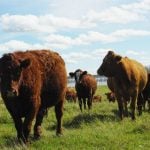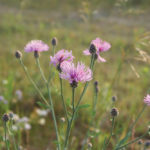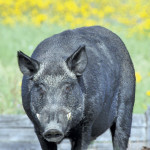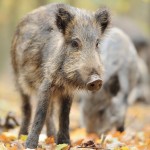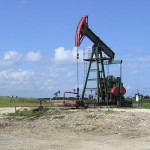The Invasive Species Council of Manitoba wants all Manitobans to be on the lookout for an invasive plant species now spreading across Manitoba that has the potential to do as much or more damage as leafy spurge. Spotted knapweed was first detected in southeastern Manitoba in 2009 but has more recently been found at sites


